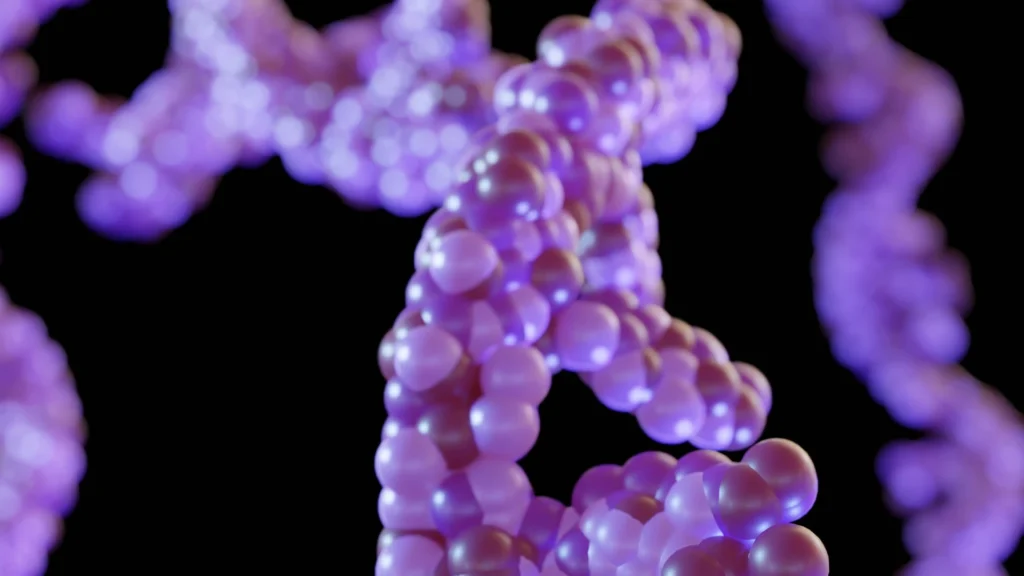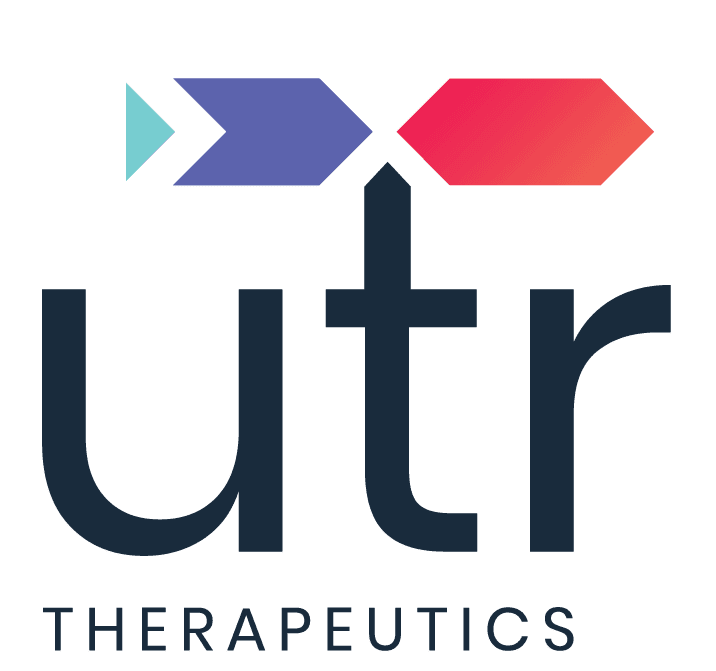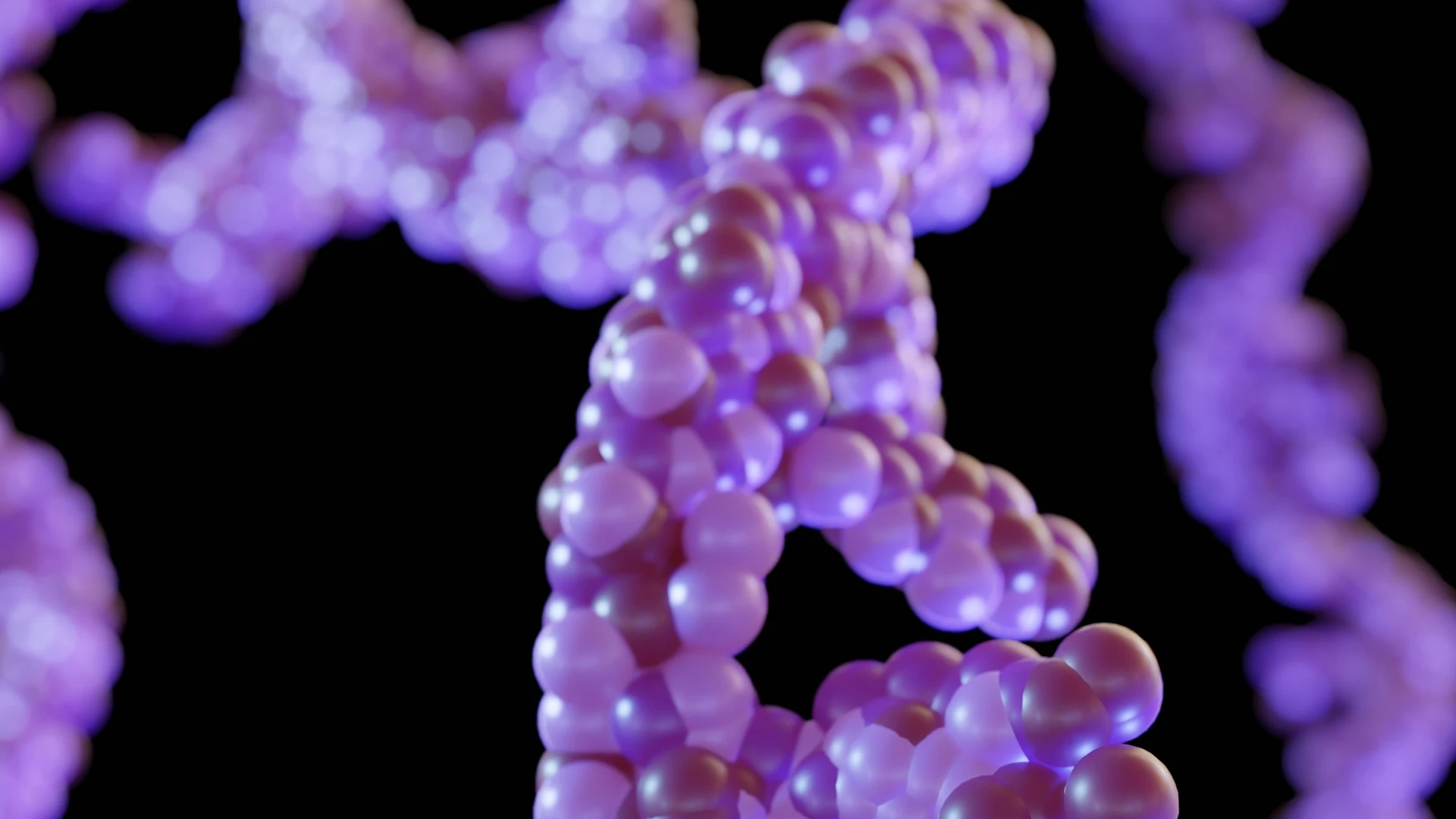Overriding the Cellular Code with mRNA to Fight Cancer
Chidiebere Awah, MD, PhD, was a student in his native Nigeria when he realized that chemotherapies weren’t curing patients with advanced cancers and they needed different therapies. Throughout his academic travels — which brought him to Madrid, Cambridge in the UK, Hanover, Germany and ultimately New York — he came upon two striking realizations that laid the foundation for what has become his company’s distinct therapeutic approach.
One was that low- and mid-level income countries like Nigeria could benefit from drugs that did not require refrigeration. The other was that mRNA and ribosomes control how tumors respond to anticancer therapies. Today, as CEO of UTR Therapeutics Inc., he has combined both insights to create a shelf-stable drug that targets, overrides and degrades the cellular signals driving cancer growth by interfering with mRNA messaging. Moreover, this technology can be used to design therapeutics for other diseases, such as Alzheimer’s. He discussed his journey and the science underlying his discoveries with Cure.

Defusing a ‘ticking’ oncogene
Key to the UTR approach is the destabilization of cancer-fueling oncogenes. The company takes its name from the 3′ UTR sequence at the end of genes. “Three prime has a hub for integrating all of the signals in a particular gene to make a complete transcript and make a protein,” Awah explained.
Most oncogenes have an mRNA stabilizing element. UTR’s technology engineers the mRNA on this part of the oncogene into an unstable form. When this happens, the body sees it as an error and removes it. It’s not unlike defusing a ticking time bomb by cutting and deactivating the wires.
“The message that comes from oncogenic mRNA is to make tons of proteins, causing the cancer metastasis that kills the patient. When we destabilize it, we override that message,” Awah noted. “The body sees this as a problematic message and decides the gene will be degraded and no longer used. Once this oncogenic message is no longer available, cells can go about their business.”
Applications Beyond Cancer
UTR’s preclinical models have validated the technology for 17 human cancers driven by the c-MYC oncogene, including triple-negative breast cancer, and the company has filed an IND with the FDA to proceed to clinical trials. The company also validated the technology for HER2-positive cancers such as breast, esophageal and non-small cell lung cancer, as well as some pediatric cancers.
Because UTR’s technology targets a basic process that can drive the development of diseases other than cancer, the company also has pursued evaluations in preclinical studies of neurogenerative diseases such as Alzheimer’s and frontotemporal dementia, rare diseases such as gangliosidosis and metabolic diseases, including liver disease.
Critical to the company’s success to date has been the support Awah and his team have received, such as business coaching through Nucleate (which supports emerging biotech companies) and financing, including seed funds received through Deerfield Management’s XSeed Award program* in 2023. The New York City Economic Development Corporation provided interns, who were fully paid for and whom UTR trained.
“The first thing you have to have is solid science. That’s what will make you able to go to bed at night,” he contended. “And then somewhere along the line, the sun is going to shine. You have to hang in.”
Hope for Transport Abroad
In addition to hoping for promising results from future clinical trials, Awah is encouraged that the drug could be easily transported wherever it is needed.
“Our drug is quite stable at room temperature. We hope to take it back to Nigeria, to India, to all low-resource and low-infrastructure settings,” he concluded. “You could take it on a plane, get on a train and even take it where there is no constant electricity. This will be the breakthrough we’ve been looking for where other therapies fail or are not available.”
*The 2024 XSeed awards will provide two teams up to $250,000 for New York City minority- and women-led life science and healthcare startups working on novel drug development projects. Additionally, the winning teams will join the ecosystem of Cure.®, a healthcare innovation campus in New York City. The teams will receive peer-learning and office hours with investors, entrepreneurs, and business experts.







